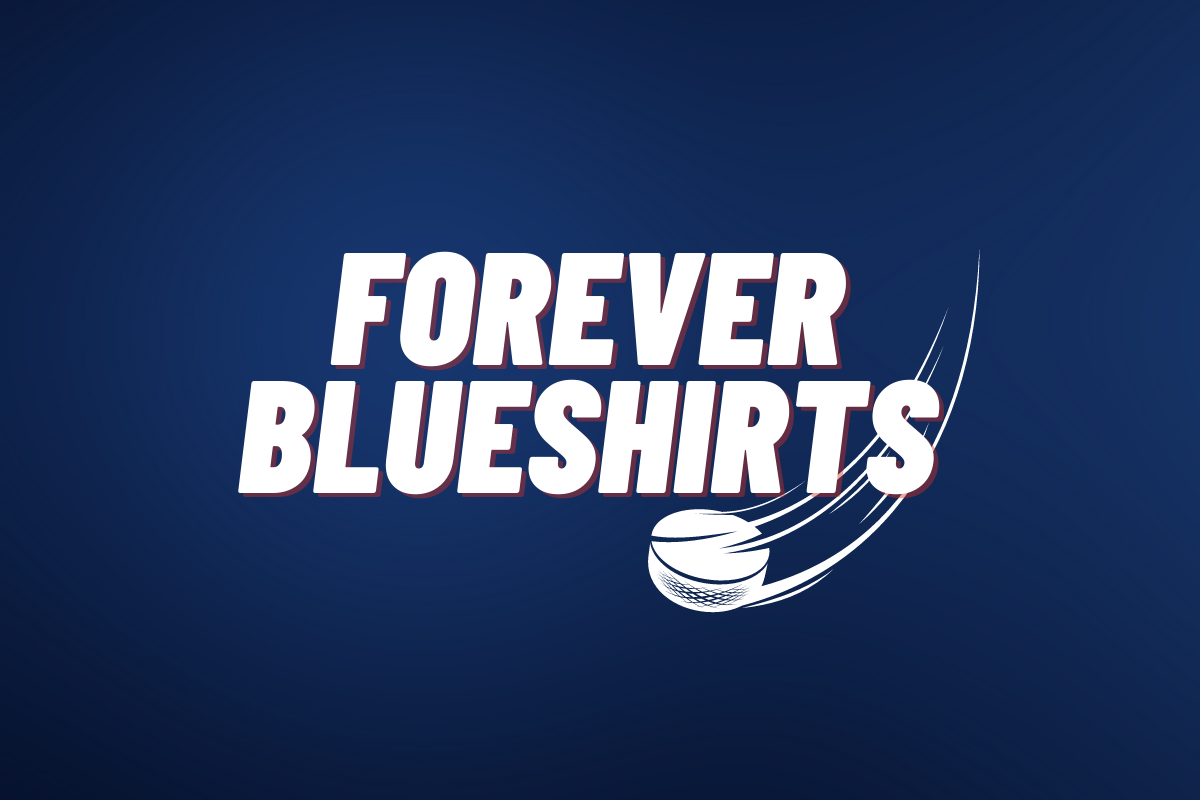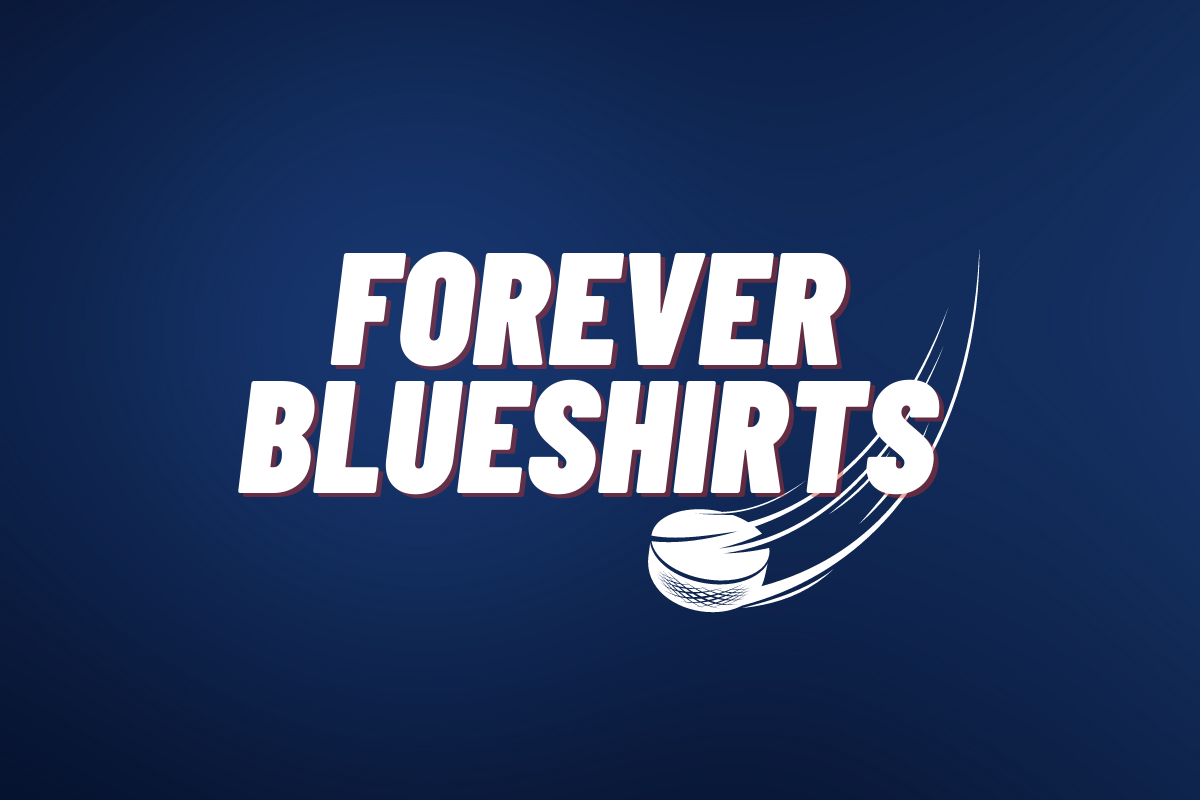Rangers need a hero tonight and a look at the hockey systems being used by both teams
In 2014/15 Rick Nash came out of the gate swinging. He led the Rangers in goals (42) and points (69). He was determined to help the Rangers get back to the Cup Final. Yet he always seems to hit a wall once Easter comes and passes. That’s when the playoff race starts and every team is playing their hardest.
Now in this season’s playoffs Rick Nash started out strong with four points (1G-3A) in 5 games against Pittsburgh. Since then the Rangers best goal scorer has 6 points (3G-3A) in 12 games. However, I personally don’t think the big fella gets enough credit for the way he plays all over the ice and in all situations.
No other star player in the NHL can boast the kind of minutes Nash plays on the Power Play, the Penalty Kill, and most of his goals come at even strength. More than the other players in the top 5 in goals for the 14/15 season. Yet for some reason in the playoffs the Rangers best player is not Rick Nash. Chris Kreider and Derick Brassard normally top that list when it comes to consistency and production.
The Rangers will not be hoisting the Stanley Cup with Rick Nash as a passenger this season!
I’m a big Rick Nash fan myself and it pains me to even think of writing this but the Rangers cannot/will not win the Stanley Cup if their best goal scorer isn’t scoring goals. In fact they might not even get past the Conference Finals if he can’t contribute offensively. During the regular season the Rangers got a goal from Nash better than 50% of the games on average. In these playoffs he has scored a goal every 4.25 games. For Nash’ career he scores a goal every 6.4 games. That will become his legacy if he doesn’t do something about it soon.
The Rangers have put themselves at a disadvantage by loosing game 5 at Madison Square Garden and home ice advantage. Game 6 will be the perfect time for RicK Nash and Martin St. Louis to take the game over and send the series back to NY for a decisive game 7. The Rangers line put together by Alain Vigneault with Chris Kreider-Derek Stepan–Jesper Fast has been their most consistently effective line all series long.
If Nash and Brassard can make some noise and get pucks to the net, they’ll give Stepan’s line a much more favorable matchup and they’ll be more effective. The Blueshirts will also need some positive possession from their third line whether it be centered by Kevin Hayes or Dominic Moore. The Rangers depth is their biggest advantage over Tampa Bay which is pretty much a two-line team with some banged up players on the bottom six.
What systems do the Lightning use compared to the Rangers?
The two teams use very similar strategies in many aspects of their game. In my opinion TB coach John Cooper copied much of what the Rangers did last season in driving puck possession to win hockey games. Tampa Bay uses a 1-2-2 overload forecheck meaning that the forecheckers move in towards the puck carrier in the same lane or the strong side (the side the puck is on) of the ice.
This is Alain Vigneault’s bread and butter and has been for some time even while in Vancouver. John Cooper could not figure out his own strategy and saw the Rangers success last season so he copied it. In the Defensive zone the Lightning use a mix of overload and zone coverage. When the puck is along the walls in their end they send three in on two as to free up the puck. When the puck is moved to the weak side or to the middle, the lightning fall into a low zone collapse to guard the house and block shots with a wall of players.
The Rangers as I mentioned use an overload 1-2-2 forecheck which can be used moderately or aggressively. They’ll mix in some 2-1-2 in certain situations to be more aggressive. With a lead the Rangers will fall back to what is called a left-wing lock or a 1-1-3 forecheck. This is a very passive forecheck and it was the reason the Capitals came back from a 4-1 deficit midway through the third period to make another 1 goal game out of a sure win.
In the defensive end along the perimeter the Rangers use a lot of overload. They like to outnumber the opponent in most areas of the ice in order to shorten the amount of time they have to defend. When the puck is moved up high in the defensive zone to the defenseman (known as the high options) the Rangers use a man on man coverage to help force teams into mistakes and eventually a turnover and odd-man rush the other way.
The Rangers offense is no longer solely built on puck possession alone, they look to get higher quality shots through odd-man rushes and breakaways.
This is part of what separates the Rangers offense from most other teams as they use solid defense to create offense from 150 feet away. The Rangers are a 50% puck possession team and have been all season but not all shots are created equal.
Shots off the rush have a 33% success rate while all other shots go in about 7.5% of the time. If the Rangers are defending well and keeping teams to the outside, they will eventually get too aggressive and that is when the Rangers counter with speed and numbers.
In game 6 look for the Rangers to defend well and try to fly the defensive zone while the TB defenseman are in deep. When forwards are covering the points is the best time to attempts a quick breakout and go on the offensive. It is time the Rangers show why they won the President’s Trophy and were the third highest scoring team in the NHL. Along with being the 3rd best defensive team in the NHL.
More About:New York Rangers Features


